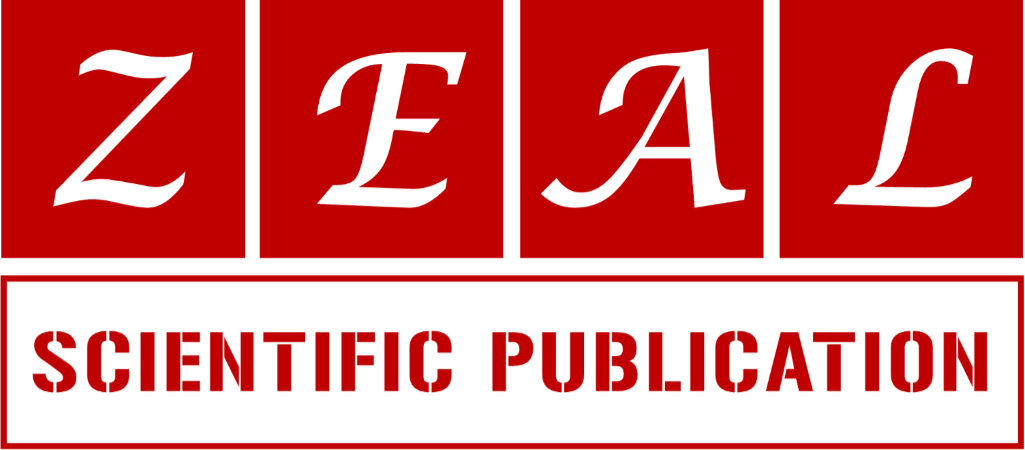Antimicrobial activity of Dibenzalacetone (C17H14O)
1 Department of chemistry, University of Guyana, Turkeyen Campus, Greater Georgetown, Guyana, South America.
2 Final Year Undergraduate research student, Department of Chemistry, Faculty of Natural Sciences, University of Guyana, South America.
Research Article
World Journal of Advanced Pharmaceutical and Medical Research, 2023, 04(01), 020–029.
Article DOI: 10.53346/wjapmr.2023.4.1.0012
Publication history:
Received on 02 December 2022; revised on 16 January 2023; accepted on 19 January 2023
Abstract:
Dibenzalacetone was synthesized via the base catalysed condensation reaction between acetone and benzaldehyde. This study was done to evaluate the antimicrobial activity of the synthesized compound dibenzalacetone (C17H14O) against four human pathogenic microorganisms: Staphylococcus aureus, Klebsiella pneumoniae, Escherichia coli, Pseudomonas aeruginiosa and the fungus Candida albicans. The highest area of zone of inhibition of 68.23 mm2 was induced against Candida albicans and the lowest AZOI of 37.55 mm2 was induced against E.coli. Staphylococcus aureus was totally resistant to the drug, in that zero zone of inhibition was induced against dibenzalacetone. The order of antimicrobial potency followed the sequence: Candida albicans > Klebsiella pneumoniae > Pseudomonas aeruginosa > Staphylococcus aureus. However, its antimicrobial potency was lowered than that of standard synthetic drug, Ampicillin and Ketoconazole.
Keywords:
Dibenzalacetone; Antimicrobial activity; Synthesized compound; Pathogenic; Microorganism
Full text article in PDF:
Copyright information:
Copyright © 2023 Author(s) retain the copyright of this article. This article is published under the terms of the Creative Commons Attribution Liscense 4.0
